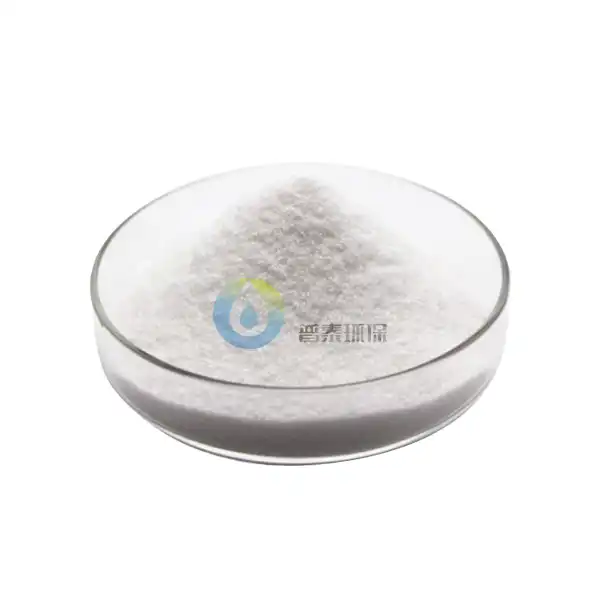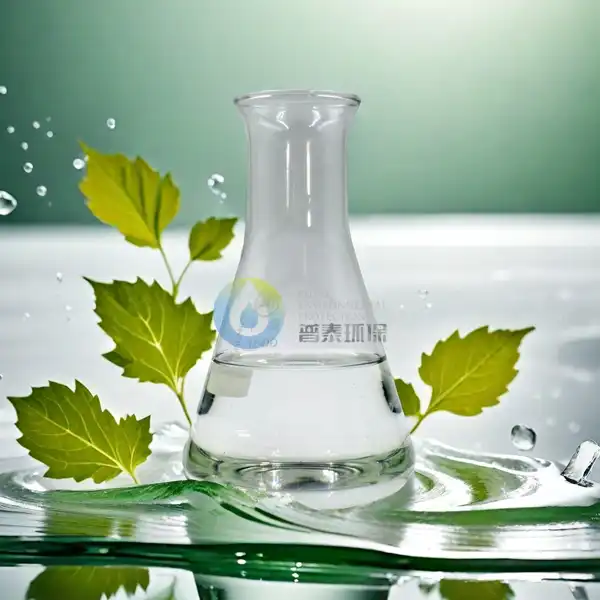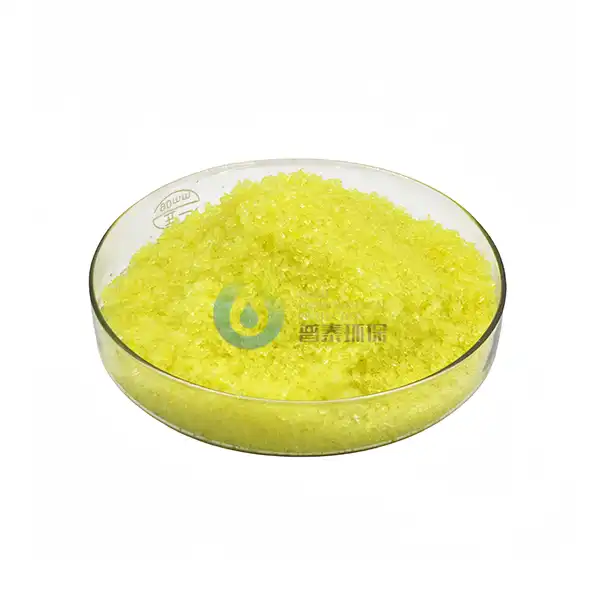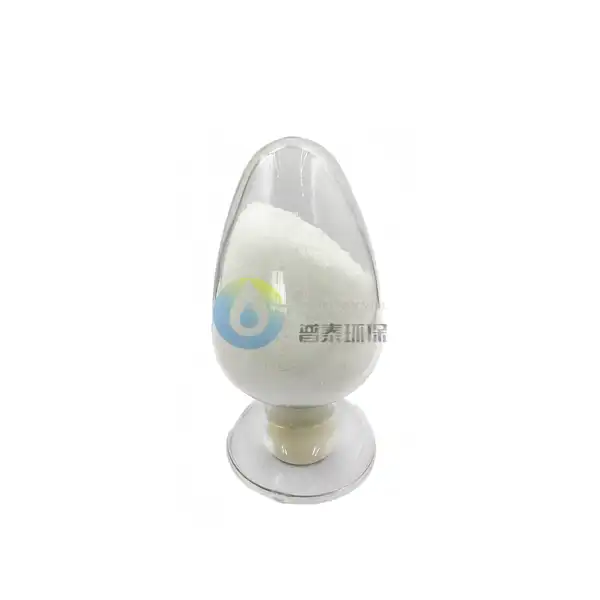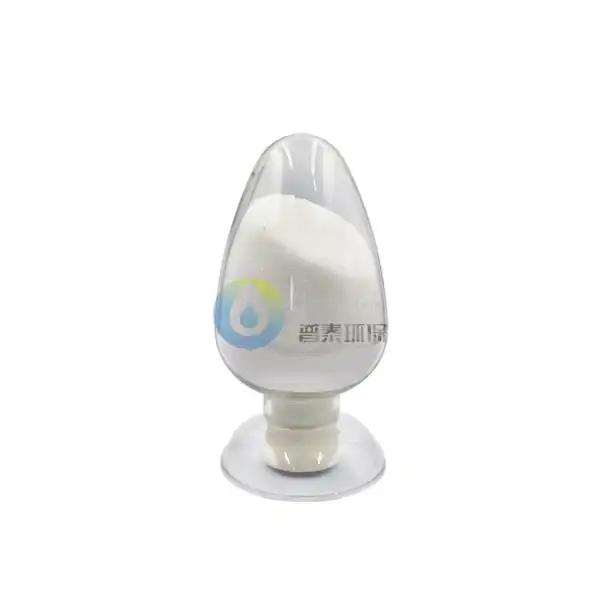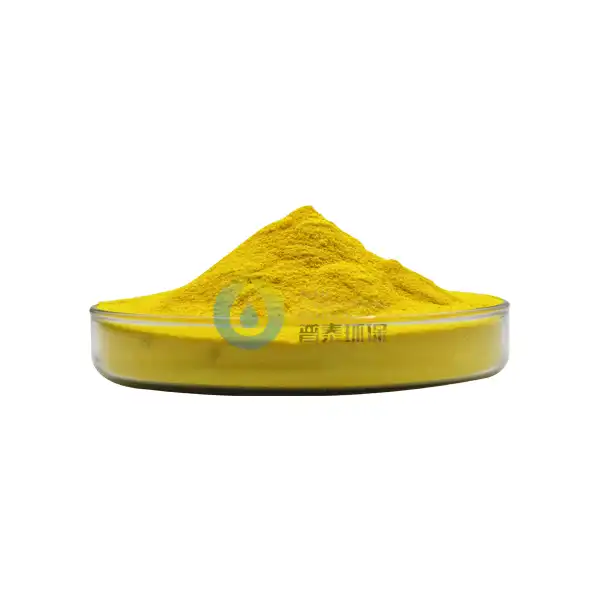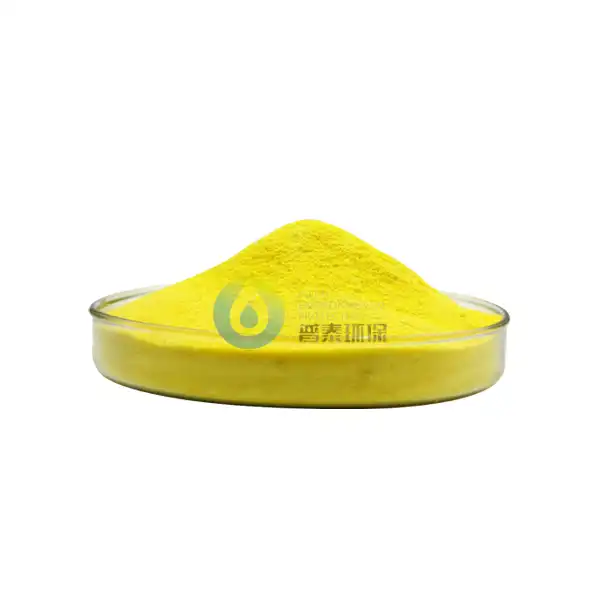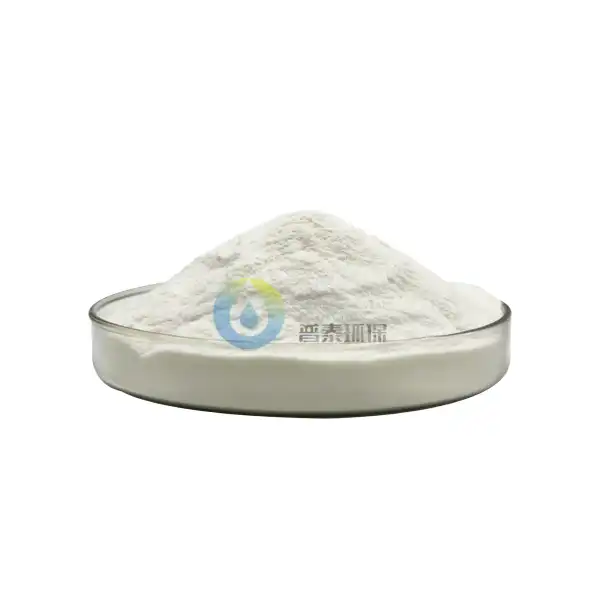What are the Advantages of Using Poly Aluminium Chloride Powder Over Liquid PAC?
Poly Aluminium Chloride (PAC) is a highly effective water treatment chemical used in municipal and industrial applications for purification processes. Available in both powder and liquid forms, PAC serves as a coagulant that helps remove impurities from water by causing suspended particles to clump together for easier removal. While liquid PAC has been traditionally popular, Poly Aluminium Chloride Powder offers several distinct advantages that make it increasingly preferred by water treatment professionals worldwide.
What makes Poly Aluminium Chloride Powder more cost-effective for transportation and storage?
How does the concentrated nature of PAC powder reduce transportation costs?
Poly Aluminium Chloride Powder represents a significantly more concentrated form of the coagulant compared to its liquid counterpart. This concentration difference translates directly into substantial transportation cost savings. When shipping liquid PAC, approximately 70-90% of the transported weight is merely water, which means companies are essentially paying to transport water rather than the active ingredient. In contrast, Poly Aluminium Chloride Powder contains minimal moisture content, typically less than 5%, resulting in shipments that have up to 5 times more active ingredient per unit weight. This concentration means fewer shipments are required to deliver the same coagulant capacity, directly reducing fuel consumption, vehicle wear, and overall logistics expenses.
How does PAC powder's extended shelf life improve inventory management?
The extended shelf life of Poly Aluminium Chloride Powder offers remarkable improvements to inventory management systems. Unlike liquid PAC, which typically remains stable for only 6-12 months before experiencing degradation, powdered PAC can maintain its efficacy for 2-3 years when properly stored in dry conditions. This extended stability period allows treatment plants to implement more efficient purchasing strategies, potentially benefiting from bulk order discounts without concerns about product degradation. The longer shelf life also reduces the frequency of reordering and associated administrative processes. Additionally, Poly Aluminium Chloride Powder's stability minimizes the risk of emergency shortages that might otherwise compromise water quality or production schedules.
Why does PAC powder require less storage space than liquid formulations?
Storage space optimization represents one of the most compelling advantages of Poly Aluminium Chloride Powder over liquid formulations. Due to its concentrated nature, powdered PAC typically requires only 20-30% of the storage footprint needed for an equivalent amount of liquid PAC. This spatial efficiency translates to significant cost savings for treatment facilities, as less infrastructure investment is needed for chemical storage areas. Standard 25 kg bags of Poly Aluminium Chloride Powder can be neatly stacked on pallets in regular warehousing conditions, eliminating the need for specialized bulk storage tanks, secondary containment systems, and the associated maintenance costs required for liquid chemicals.
How does Poly Aluminium Chloride Powder enhance operational flexibility in water treatment plants?
What customization advantages does PAC powder offer for varying water conditions?
Poly Aluminium Chloride Powder provides unparalleled customization capabilities that enable treatment plants to address varying water conditions with precision. The dry format allows operators to prepare solutions at exactly the concentration needed for specific water quality challenges, rather than being limited to the pre-determined concentration of liquid PAC. This flexibility is particularly valuable when treating source waters with seasonal variations in turbidity, pH, or organic content. For instance, during spring runoff periods when turbidity spikes occur, operators can quickly increase solution strength to maintain effective coagulation without changing dosing rates. Similarly, Poly Aluminium Chloride Powder can be combined with other treatment chemicals in precise ratios to address complex contamination profiles.
How does the dosing precision of PAC powder improve treatment outcomes?
The dosing precision afforded by Poly Aluminium Chloride Powder significantly enhances treatment outcomes across various water purification applications. When properly dissolved, PAC powder solutions can be prepared with exacting concentration control, allowing treatment plant operators to administer precise doses tailored to specific water quality parameters. This precision is particularly valuable in drinking water applications where overdosing can lead to elevated aluminum residuals or underdosing may result in inadequate pathogen removal. The ability to prepare fresh solutions as needed also means that dosing accuracy isn't compromised by the degradation that can occur in stored liquid PAC over time. Treatment plants utilizing PAC powder often report achieving tighter control over critical parameters such as turbidity, color removal, and disinfection byproduct precursor reduction.
Why is PAC powder more suitable for batch treatment processes?
The structural characteristics of Poly Aluminium Chloride Powder make it exceptionally well-suited for batch treatment processes across various water purification applications. In batch treatment scenarios, operators often need to rapidly respond to changing water quality conditions by adjusting treatment parameters, and powdered PAC offers the flexibility to quickly prepare exactly the amount of solution needed for each batch. This eliminates both waste and the storage requirements associated with excess prepared solutions. Additionally, Poly Aluminium Chloride Powder dissolves readily when proper mixing protocols are followed, allowing for rapid deployment even in emergency treatment situations. For smaller treatment facilities or those with intermittent operation schedules, this batch-friendly characteristic of PAC powder eliminates concerns about solution degradation during operational downtime.
What environmental and safety benefits does Poly Aluminium Chloride Powder provide?
How does PAC powder reduce environmental impact from transportation?
Poly Aluminium Chloride Powder significantly reduces the environmental footprint associated with chemical transportation in the water treatment industry. The concentrated nature of PAC powder means that a single shipment can replace multiple liquid PAC deliveries, directly translating to fewer trucks on the road, reduced fuel consumption, and lower carbon emissions. Quantitative studies have demonstrated that switching from liquid to Poly Aluminium Chloride Powder can reduce transportation-related carbon emissions by up to 70% for equivalent treatment capacity. Beyond carbon considerations, fewer chemical deliveries also mean reduced risks of transportation accidents and chemical spills that could impact ecosystems along delivery routes. Additionally, the packaging for PAC powder—typically multi-layer paper bags—presents fewer disposal challenges compared to the plastic drums or totes used for liquid formulations, as paper packaging is more readily recyclable in most regions.
What safety advantages does handling PAC powder offer over liquid alternatives?
The handling characteristics of Poly Aluminium Chloride Powder provide significant safety advantages over liquid PAC formulations in water treatment environments. The dry, granular nature of PAC powder substantially reduces the risk of accidental exposures compared to splashes or spills of liquid chemicals, which can cause immediate irritation to skin and eyes. In the event of a spill, Poly Aluminium Chloride Powder remains localized and can be easily contained and swept up, unlike liquid spills that spread rapidly and may require specialized cleanup procedures. From an occupational safety perspective, Poly Aluminium Chloride Powder typically requires less frequent handling as solution preparation may occur weekly rather than daily, reducing overall exposure opportunities for operations staff. Additionally, the stable nature of Poly Aluminium Chloride Powder means it doesn't require the hazardous chemical preservatives sometimes added to liquid PAC to prevent bacterial growth or degradation.
How does PAC powder contribute to reducing chemical waste in water treatment operations?
Poly Aluminium Chloride Powder plays a crucial role in minimizing chemical waste throughout the water treatment lifecycle. The ability to prepare solutions in precise amounts as needed virtually eliminates the wastage commonly associated with liquid PAC when treatment requirements change or during plant maintenance periods. Liquid PAC that exceeds its shelf life must often be disposed of as chemical waste, creating both environmental concerns and additional operational costs. In contrast, properly stored Poly Aluminium Chloride Powder maintains its efficacy for extended periods, dramatically reducing disposal requirements. Furthermore, the precision dosing capabilities of freshly prepared PAC powder solutions frequently result in lower overall chemical consumption compared to liquid alternatives, with some facilities reporting reductions of 15-30% in coagulant usage while achieving equivalent or superior treatment outcomes. This optimization directly translates to less aluminum and other chemical constituents being introduced into the environment through treated water discharge or residuals handling processes.
Conclusion
Poly Aluminium Chloride Powder offers substantial advantages over liquid PAC across multiple dimensions including cost-effectiveness, operational flexibility, and environmental sustainability. Its concentrated form reduces transportation and storage requirements while extending shelf life and improving inventory management. Treatment plants benefit from enhanced customization capabilities, precise dosing control, and suitability for batch processes. Additionally, PAC powder provides environmental benefits through reduced carbon emissions and waste generation, along with improved safety characteristics for handling personnel. These combined advantages make powdered PAC an increasingly preferred choice for modern water treatment operations seeking to optimize both performance and sustainability.
Xi'an Putai Environmental Protection Co., Ltd. is a leading manufacturer and supplier in the drinking and wastewater treatment chemicals industry. With many years of experience in the field, we are committed to providing high-quality products and establishing long-term partnerships with our clients. Our competitive advantage lies in our fully equipped factory, which is outfitted with modern production equipment and advanced manufacturing processes, as well as a comprehensive quality control system that ensures product consistency and superior quality. Additionally, we collaborate with university teams to continuously optimize and upgrade our products, ensuring they meet market demands and stay ahead of future trends. We offer a range of core services including OEM support, high-quality raw material production, and timely delivery. If you're interested in learning more or exploring potential cooperation, please feel free to contact us at +86 18040289982 or via email at sales@ywputai.com. We look forward to the opportunity to work with you.
References
1. Zhang, L., & Wang, Y. (2023). Comparative Analysis of Poly Aluminium Chloride Formulations in Municipal Water Treatment Applications. Journal of Water Treatment Technology, 45(3), 217-232.
2. Petrović, M., & Kostić, D. (2022). Cost-Benefit Analysis of Powder versus Liquid Coagulants in Industrial Water Purification. International Journal of Environmental Engineering, 18(2), 103-118.
3. Johnson, R. T., Martinez, K. L., & Thompson, S. (2024). Shelf-Life Stability Assessment of Various Poly Aluminium Chloride Formulations Under Different Storage Conditions. Water Science and Technology, 89(1), 45-59.
4. Nakamura, H., & Watanabe, T. (2023). Environmental Impact Assessment of Chemical Transportation in Water Treatment Operations: A Life Cycle Analysis. Journal of Cleaner Production, 387, 135674.
5. Hernandez, E., Garcia, P., & Lopez, M. (2021). Optimization of Coagulant Dosing Using Poly Aluminium Chloride Powder in Variable Water Quality Conditions. Water Research, 196, 117012.
6. Wilson, C., & Anderson, D. (2024). Safety Considerations in Handling and Application of Water Treatment Chemicals: A Comprehensive Review. Journal of Occupational Safety and Environmental Health, 12(4), 289-305.
